The start of the 2025 season may not have gone to plan at Red Bull HQ, but it will still celebrate its successful partnerships with Honda in style at this weekend’s Japanese Grand Prix before the two parties go separate ways.
Marking the 60th anniversary of Honda’s first grand prix win – achieved by Richie Ginther at the 1965 Mexican Grand Prix – Red Bull’s RB21 is donned in a one-off tribute livery sporting Japan’s red and white colours, and with Yuki Tsunoda the manufacturer now also has a homegrown driver in one of the seats.
With a switch to Aston Martin and substantially different engine regulations on the horizon in 2026, this season doesn’t just mark the end of Honda’s Red Bull association, but also that of its hybrid era redemption arc, going from humiliation with McLaren to two constructors’ titles with Red Bull and four driver crowns with Max Verstappen.
Honda re-joined F1 as a manufacturer in 2015, one year into the hybrid era but before it was truly ready to do so. And it showed. The brand’s much-vaunted reunion with McLaren turned into an unmitigated disaster, from both technical and cultural points of view.
Honda arrived in F1 with an extremely ambitious and tightly packaged power unit, a so-called ‘size zero’ concept, which brought with it a spate of problems in terms of both power delivery and reliability, requiring a complete rethink of the engine’s architecture for subsequent seasons.
It was at the Japanese Grand Prix, 10 years ago this year, that the manufacturer faced its biggest humiliation, when Fernando Alonso labelled the brand’s power unit a “GP2 engine” over the team radio after Verstappen flew past on the straight. Along with other internal conflicts and cultural differences, the incident contributed to the irreparable harm to the relationship, and while there were marked signs of progress from Honda, the McLaren deal was terminated after 2017.
Fernando Alonso, McLaren MP4-30 Honda
Photo by: Glenn Dunbar / Motorsport Images
“From 2015 to 2017, it was a very difficult situation for both Honda and the team,” Honda HRC president Koji Watanabe recalls from the Alonso incident. “It was a particularly frustrating period in our history, and there were times when our relationship was strained. But I think we have become stronger because we overcame that frustration.”
But while McLaren decided to look elsewhere, Red Bull was on the prowl for a works partner of its own as it became increasingly frustrated with Renault. Given Honda’s initial struggles to get up to speed, Red Bull’s decision to first switch to the manufacturer with Toro Rosso in 2018 and subsequently with the main team one year later raised a few eyebrows in the paddock.
“We’ve come to the conclusion that Honda are making good progress on both performance and reliability and we reached the conclusion that purely for technically-driven reasons this is the right move,” Red Bull’s Christian Horner said mid-2018, saying his operation and Honda had cultivated a “healthy working relationship”, something which McLaren hadn’t succeeded in. Honda embedded itself much closer with Red Bull in Milton Keynes, while also inviting key personnel over to its Sakura plant in Japan.
Further proof that both Red Bull and Honda had made strides followed soon enough, with Verstappen taking third on the podium behind the dominant Mercedes in the opening 2019 Australian Grand Prix, dicing with the Ferrari’s Sebastian Vettel and Charles Leclerc for third in the championship.
A landmark win arrived in Austria later that year, Honda’s first F1 victory since its 2006 Hungarian Grand Prix triumph with Jenson Button. Speaking to Motorsport.com last year, Watanabe said Verstappen played a key role in helping the relationship between the two parties blossom, with one post-race gesture in Austria particularly endearing himself to the proud Japanese company.
“My biggest memory is him pointing at the Honda logo on the podium in Austria at the Red Bull Ring,” Watanabe said. “I was standing under the podium and that was a very special moment for me. He thanks Honda a lot in public, which is important for all the people working for Honda. It is a very good relationship. We trust each other and we are proud to work together, so we will miss him in the future.”
Max Verstappen, Red Bull Racing, 1st position, celebrates on the podium
Photo by: Glenn Dunbar / Motorsport Images
But while the Red Bull-Honda went from strength to strength, the Japanese brand announced in late 2020 that it would pull out of F1 after 2021, citing costs in the wake of the COVID-19 pandemic. Only after intensive talks the brand agreed to continue supplying engines to both Red Bull teams under the HRC label. Honda was rewarded for sticking with Red Bull with two manufacturers titles in 2022 and 2023, even if the team’s Japanese-built engines officially ran under the Red Bull Powertrains label.
Its final objective was supporting a homegrown driver from its Formula Dream project all the way to a top-line seat in Formula 1, a goal which looked set to fail until just a few weeks ago. But Red Bull’s decision to swap Liam Lawson and Tsunoda has finally given the Japanese driver a chance of a lifetime, even if it is littered with pitfalls in the difficult RB21.
Making the swap before this weekend’s Suzuka race – in a Japanese livery no less – increases the pressure on Tsunoda, but also adds to the appeal for Honda, which is understood to have upped its financial commitment. “At Honda we are committed to developing drivers and riders who can compete on the global stage, and I believe that one of our major goals has been achieved,” Watanabe said. “I am truly happy that Yuki is making his debut with a special livery commemorating the 60th anniversary of our F1 victories, and I sincerely hope he achieves great results.”
Honda’s U-turn on leaving F1 came too late to salvage its Red Bull partnership, with the brand heading to the ambitious Aston Martin project instead. But 10 years on from that dreaded “GP2” humiliation, the Japanese giant can finally say it has come full circle.



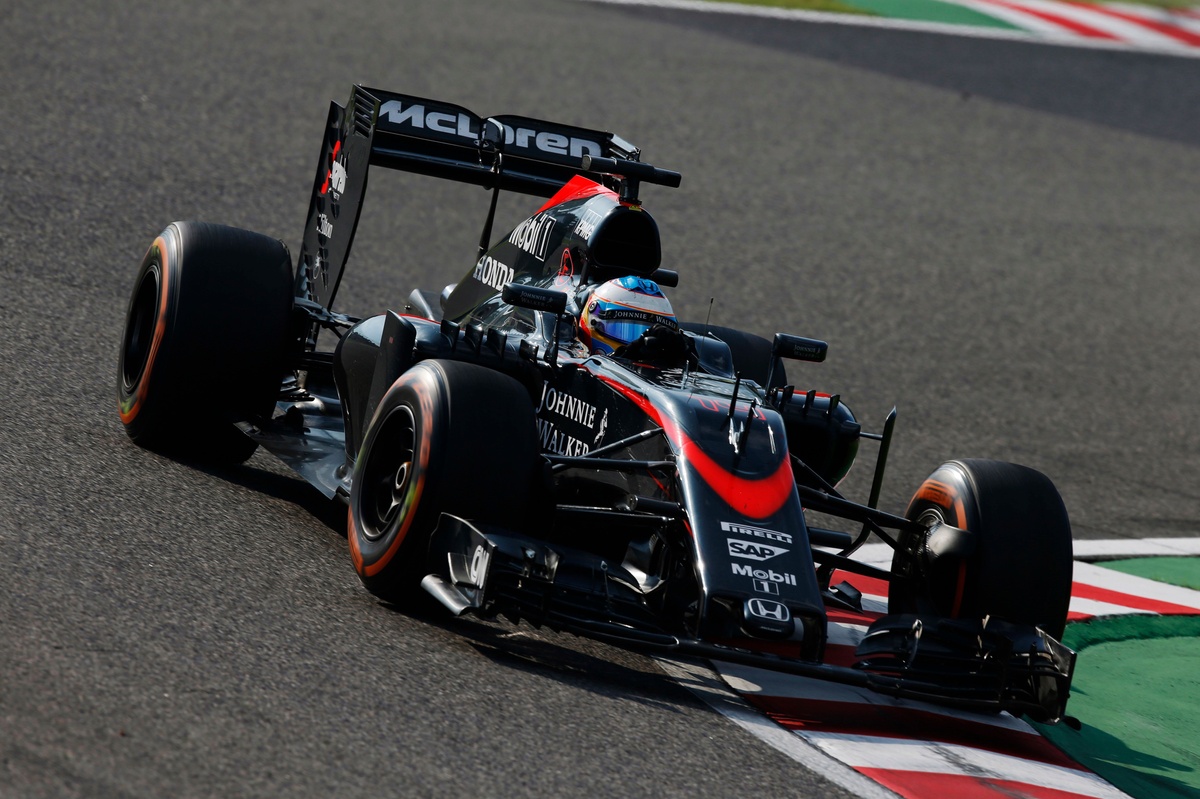
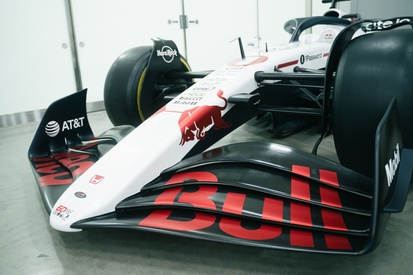
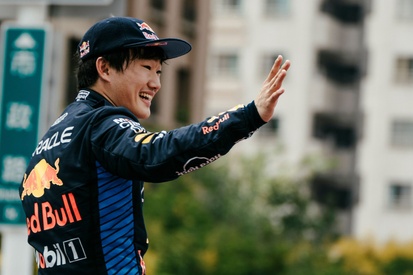

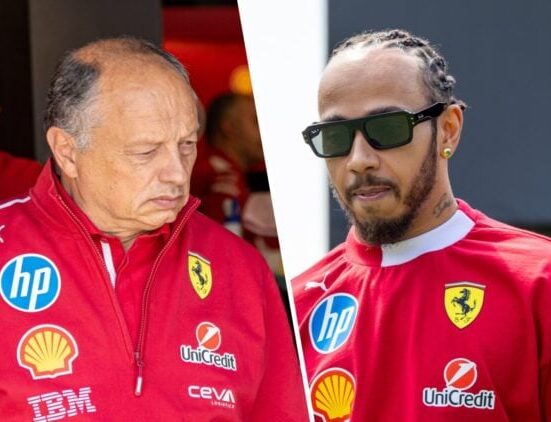
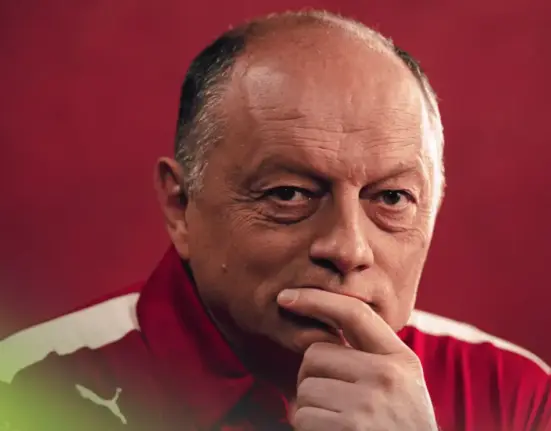

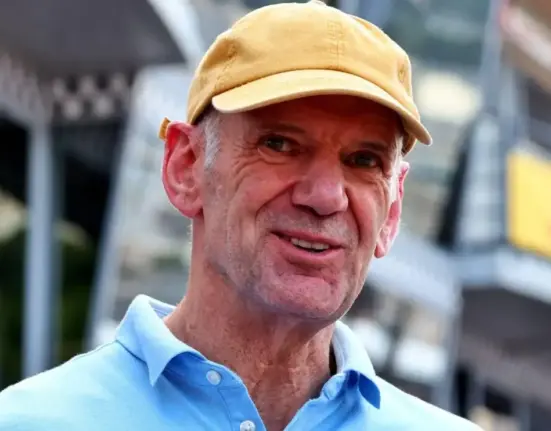
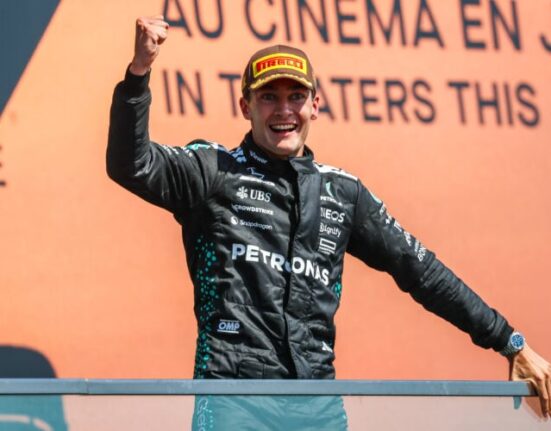

Leave feedback about this